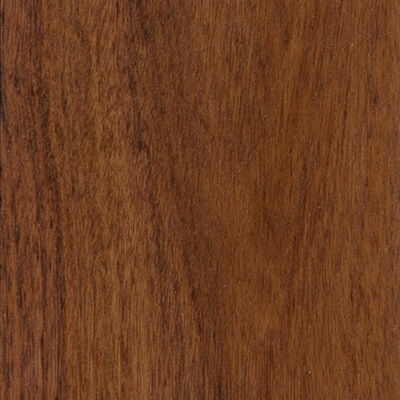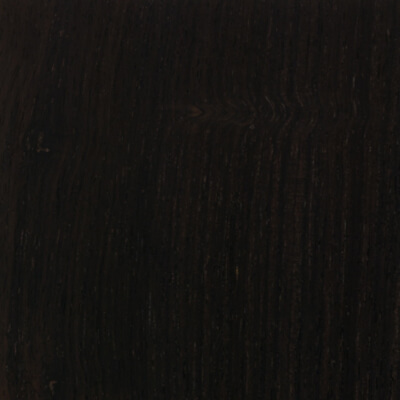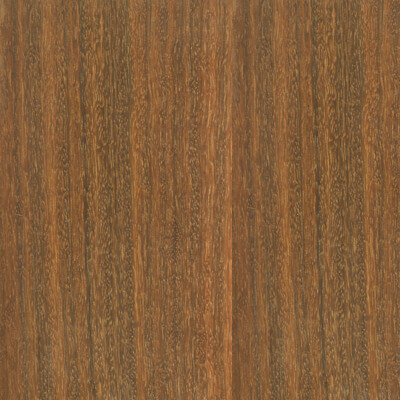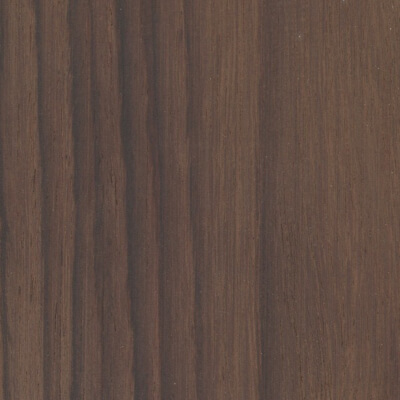Fife Woods and Materials

Mopane (Colophospermum mopane)
Is an excellent alternative to African Blackwood or Grenadilla. While it has the look of a traditional rosewood, Mopane has the density of Grenadilla making for an excellent instrument. It is ideal, acoustically, for flutes. The tone is as rich as Blackwood, as powerful, but is a little bit warmer. It resembles the tone of the old Cocus wood used on flutes until that wood became commercially extinct.

Grenadilla, (Dalbergia melanoxylon)
This extremely hard and stable wood is also know as African Blackwood, Congowood, Mozambique ebony, Mpingo, Banbanus, Ebene, Mufunjo, and Senegal ebony, Grenadilla has an extensive range on the African continent. It can be found from the savanna regions of the Sudan southward to Mozambique, then westward to Angola and northward to Nigeria and Senegal.
Grenadilla is often used for woodwind instruments such as fifes, flutes, piccolos, oboes, clarinets, recorders, bag pipes Other uses for this beautiful wood are: knife handles, chess pieces, bearings, pulley blocks, walking sticks, inlay, and carving.

Cooktown Ironwood (Erythrophleum Chlorostachys)
Ironwood This wood has a density of [around] 1,220 kg/m3 which is slightly more dense than African Blackwood at 1,200 kg/m3. It is found in Far North Queensland Australia in an area known as Cape York Peninsula. It has a range of coloring, but tends to darken to a dark red as the wood oxidizes. It grows in the “dry country” and even when green have very low moisture content making it extremely stable.
It has a bright red heartwood and a medium even texture with interlocking grain making it extremely stable and durable. Used as bush medicine by the Aboriginal people, Ironwood bark was used in infusions to treat spear wounds and its leaves boiled to treat headaches.

East Indian Rosewood (dalbergia latifolia)
Rosewood This Rosewood is commonly interlocked grain with a uniform, moderately coarse texture. Heartwood varying in color from golden brown to dark purple brown with darker streaks giving an attractive figure. Heavy, hard, and dense with high bending and crushing strengths, medium shock resistance, good stability and steam bending, and very durable heartwood. Difficult to work, this hard wood easily dulls cutting edges. Basic specific gravity (ovendry weight/green volume) 0.70; air-dry density 53 pcf. The timber seasons well with no appreciable degrade and is reported to dry defect-free in log form
East Indian Rosewood is often used for musical and mathematical instruments, inlays, sculpture, fine furniture, turnery, decorative veneers, specialty items.

South American, Boxwood (gossypiopermum praecox.)
Boxwood Grain straight and uniform, fine texture, carves and turns easily, cream or pale yellow in color. White to lemon colored hardwood with straight grain and fine uniform texture. A great substitute for English boxwood.
The boxwood used by 18th century makers was either English, European, or the closely-related Turkish boxwood, prized for its hardness, tonal quality, and resistance to water. South American boxwood is intermediate in cost and tonal quality between the softer European domestic fruitwoods and maple on one hand and the denser exotic tropical hardwoods on the other; it has a clear, cool, neutral sound equally suited to solo or ensemble playing.
